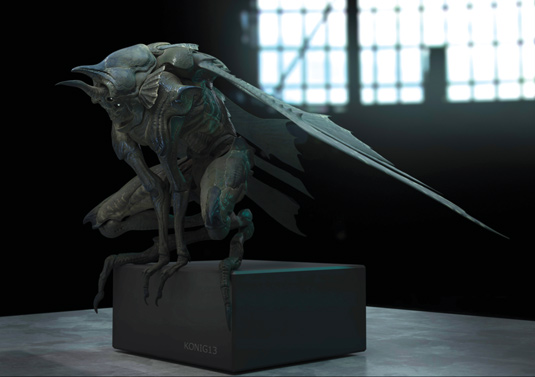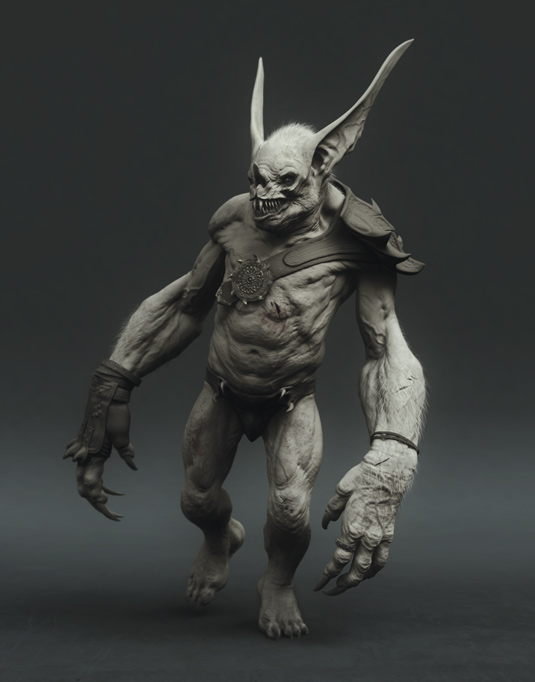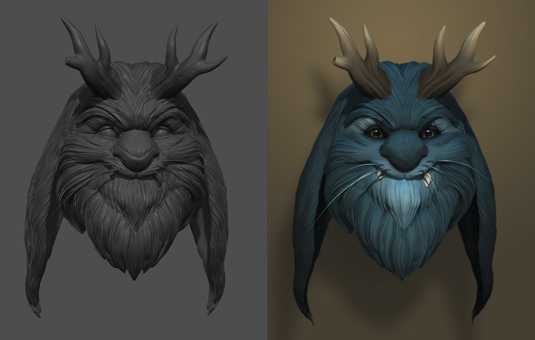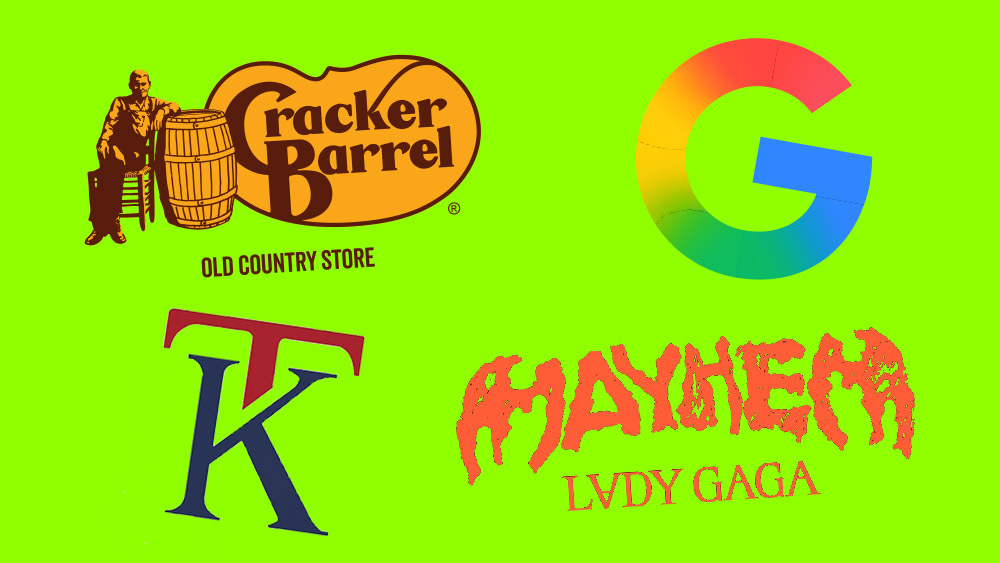How to speed up your character design workflow: 5 top tips
Leading creature designer Peter Konig shares his expert advice on how to model better critters, faster.

As an artist working in film VFX, Peter Konig has a wealth of experience. In an industry where the pre-production process has shrunk, Konig has honed ways to speed up his workflow...
01. Work on your foundation skills
Get your hands dirty in the real world before disappearing into the digital rabbit hole. Push some clay around. It develops your feel for mass and weight and form, and will help improve your 3D models.
02. Take an écorché class
Learn the mechanics of living things. If you know the construction
and function of a human arm, you can apply what you know, change it to make a creature's arm and it will look functional and believable.

03. Get inspired
I try to avoid artists' blogs; instead I browse Flickr or photography sites for inspiration. One blog that's really useful is What's In John's Freezer. John is a zoologist and on his site are many interesting dissections of all kinds of animals. You can pick up a lot of ideas from his disassembled specimens - it's just great reference.
04. Big to small, general to specific
Work out the big shapes first. Get the proportions right before moving on to the details. If you jump ahead to small details too early, it's like painting yourself into a corner. Remember that you need a good, solid base to support the rest of the work.

05. Use good resources
I've grabbed many good insert brushes and plug-ins from ZBrush Central. I don't use anything crazy, just a few customised brushes here and there. For Photoshop I use a colour tool called Magic Picker. It's really great and can be found here.
Words: Peter Konig
Daily design news, reviews, how-tos and more, as picked by the editors.
This article originally appeared in 3D World issue 178.

The Creative Bloq team is made up of a group of art and design enthusiasts, and has changed and evolved since Creative Bloq began back in 2012. The current website team consists of eight full-time members of staff: Editor Georgia Coggan, Deputy Editor Rosie Hilder, Ecommerce Editor Beren Neale, Senior News Editor Daniel Piper, Editor, Digital Art and 3D Ian Dean, Tech Reviews Editor Erlingur Einarsson, Ecommerce Writer Beth Nicholls and Staff Writer Natalie Fear, as well as a roster of freelancers from around the world. The ImagineFX magazine team also pitch in, ensuring that content from leading digital art publication ImagineFX is represented on Creative Bloq.
